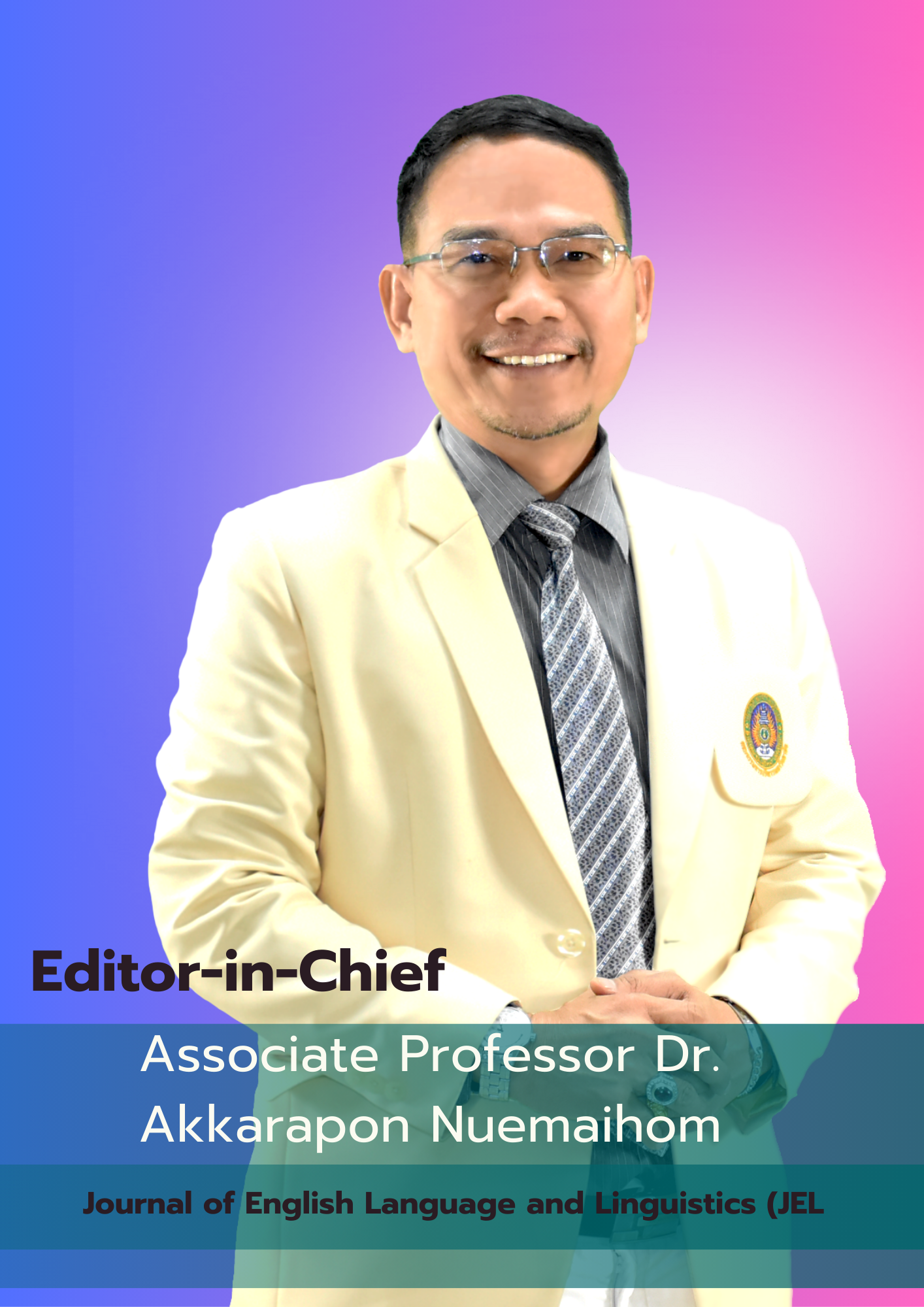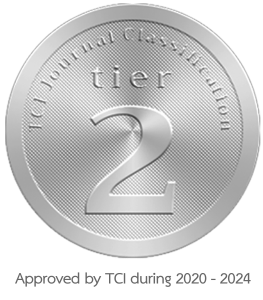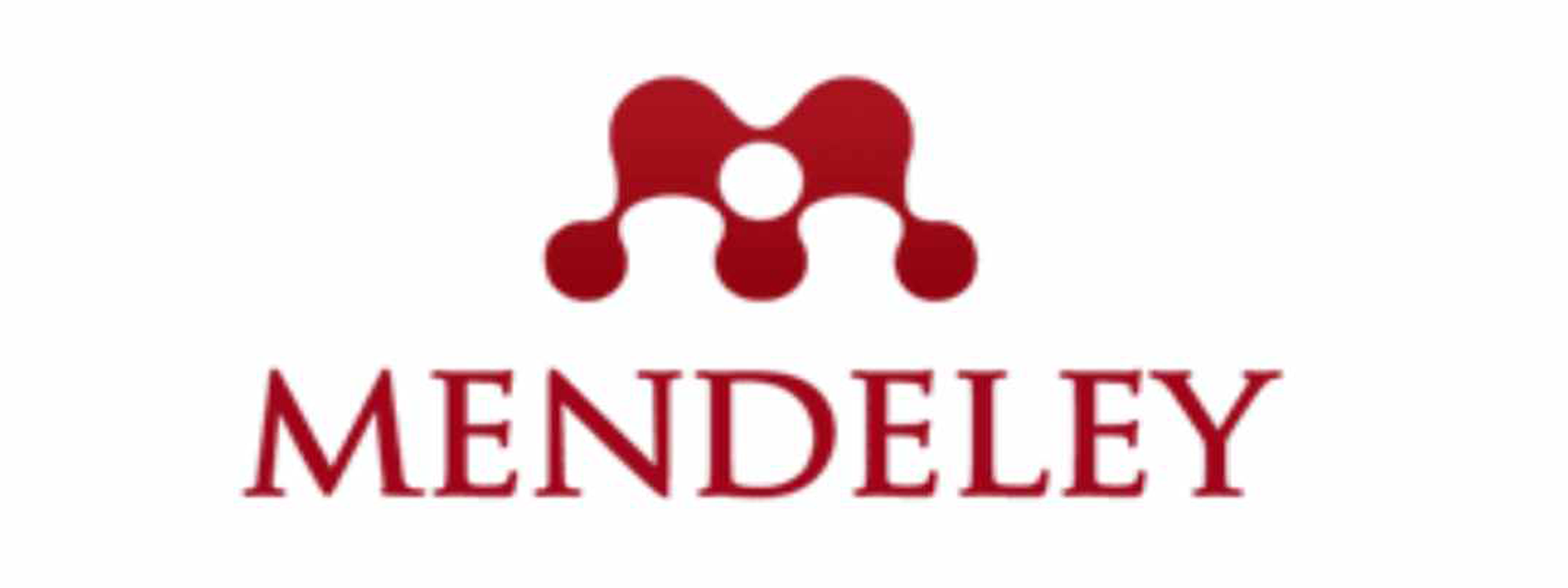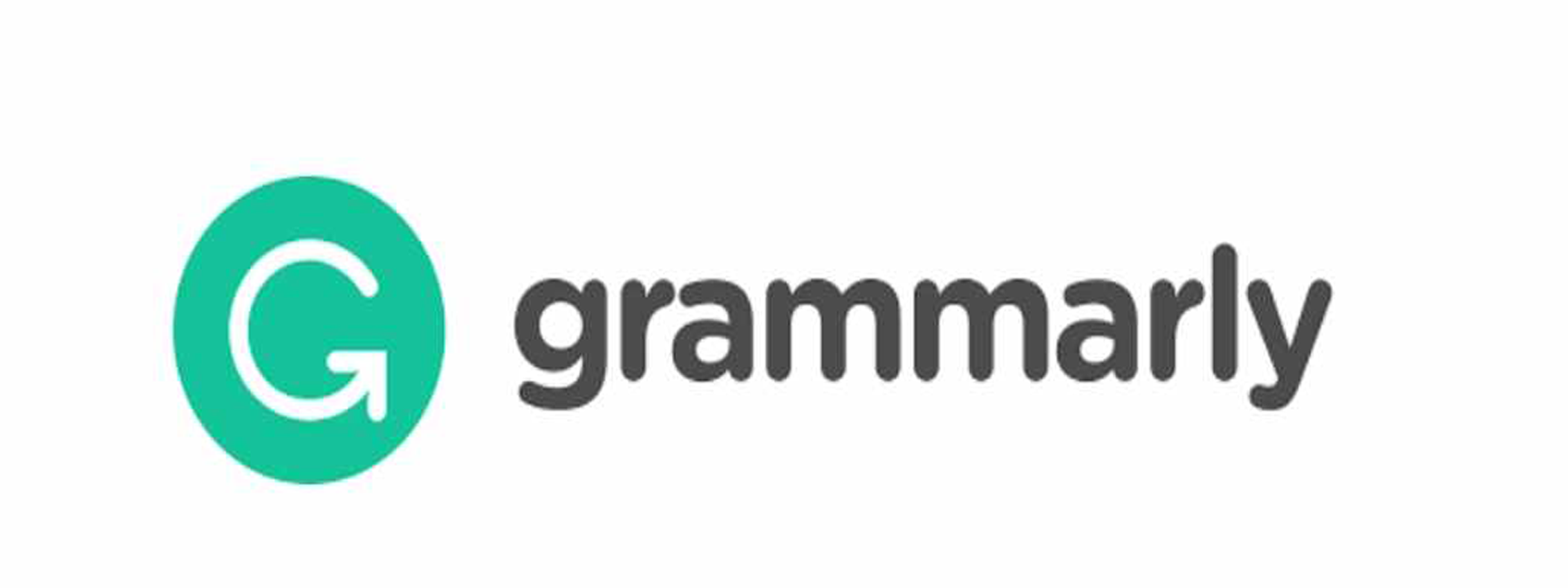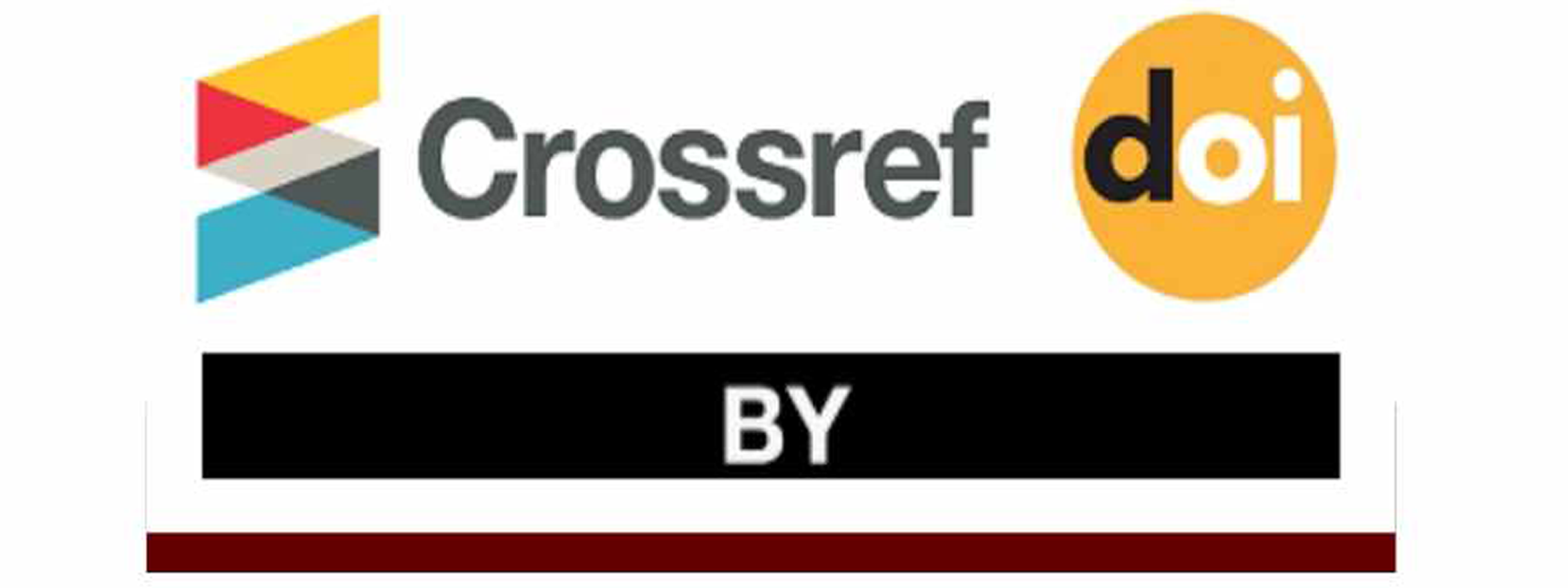Exploring the Virtual Linguistic Landscape of Chinese University Websites: A Focus on Internationalization and Multilingualism
DOI:
https://doi.org/10.14456/jel.2023.15Keywords:
Virtual linguistic landscape, multilingualism, English as a global language, internationalization of higher education, Chinese university websitesAbstract
This study explores the Virtual Linguistic Landscape (VLL) in Chinese higher education, emphasizing the strong government focus on internationalization. It investigates the language choices of the top 100 Chinese university websites and their information functions. Findings reveal that the majority (87%) of these websites are bilingual, using simplified/traditional Chinese and English. Additionally, 7% take a multilingual approach, employing simplified Chinese, English, and other foreign languages. A minority (6%) sticks to monolingualism. These websites disseminate various information categories, including general university details, admissions, academic units, research, campus life, international collaborations, academics, training, and talent recruitment. Notably, some websites feature information specific to the Chinese Communist Party and cultural aspects. The prevalence of English content demonstrates top Chinese universities’ efforts to engage with the global community and enhance their international reputation. These findings add more understanding of multilingualism and the roles of English in cyberspace such as websites.
References
Al- Dosari, H. S. (2011). An Investigation of attitudes towards varieties of spoken English in a multi-lingual environment. Theory and Practice in Language Studies, 1(9), 1041-1050. http://dx.doi.org/10.4304/tpls.1.9.1041-1050 Backhaus, P. (2006). Multilingualism in Tokyo: A look into the linguistic landscape. International Journal of Multilingualism, 3(1), 52-66. https://dx.doi.org/10.1080/14790710608668385Blaikie, N. (2007). Approaches to social enquiry: Advancing knowledge (2nd ed.). Polity press. British Council. (2023). English in the world today. Retrieved June 25, 2023, from https://www.britishcouncil.org/future-of-english Callahan, E., & Herring, S. C. (2012). Language choice on university websites: Longitudinal trends. International Journal of Communication, 6(1), 322-355. Chai, Y. L., & Jia, A. W. (2018). Analysis and construction of the Hangzhou tourism official website from the perspective of linguistic landscape studies. Journal of Nanning Polytechnic, 23(4), 86-88. Crystal, D. (2003). English as a global language (2nd ed.). Cambridge University Press.European Commission. (2007). Final report: High level group on multilingualism. Luxembourg: Office for official publications of the European communities. Retrieved October 11, 2022, from https://op.europa.eu/en/publication-detail/-/publication/b0a1339f-f181-4de5-abd3-130180f177c7Gorter, D. (2006). Introduction: The study of the linguistic landscape as a new approach to multilingualism. International Journal of Multilingualism, 3(1), 1-6. https://doi.org/10.21832/9781853599170-001 Gorter, D., & Cenoz, J. (2009). Multilingualism is all around us: Studies of the linguistic landscape. Multilingual Living Magazine, 4(1), 16-18. Graddol, D. (1997). The f uture of English: A guide to forecasting the popularity of the English language in the 21st century. British Council.
Greenall, A. K. (2012). Attracting international students by means of the web:transadaptation, domestication and cultural suppression. International Journalof the Sociology of Language, 216, 75-85. http://dx.doi.org/10.1515/ijsl-2012-0040 Gu, Y. Q., & Yi, Y. G. (2019). Multilingual university websites in China: Status Quo, Challenges, and Suggestions. Journal of Applied Linguistics, 46-55. https://doi.org/10.16499/j.cnki.1003-5397.2019.01.008Hu, K., Diao, J. f., & Li, X. J. (2022). International students’ university choice to study abroad in higher education and influencing factors analysis. Journal Frontiers in Psychology, 13, 1- 10. https://doi.org/10.3389/fpsyg.2022.1036569Ivkovic, D., & Lotherington, H. (2009). Multilingualism in cyberspace: conceptualizing the virtual linguistic landscape. International Journal of Multilingualism, 6(1), 17-36. http://dx.doi.org/10.1080/14790710802582436Johnson, S. A. (2017). Multilingual trends in five London Boroughs: A linguistic landscape approach [Master’s thesis, Brigham Young University]. BYU Scholars Archive. https://scholarsarchive.byu.edu/etd/6669Keles, U., Yazan, B., & Giles, A. (2019). Turkish-English bilingual content in the virtuallinguistic landscape of a university in Turkey: exclusive de facto language policies. International Multilingual Research Journal, 14(1), 1-19. https://doi.org/10.1080/19313152.2019.1611341Landry, R., & Bourhis, R. Y. (1997). Linguistic landscape and ethnolinguistic vitality: An empirical study. Journal of Language and Social Psychology, 16(1), 23-49. https://doi.org/10.1177/0261927X970161002Lay, R. E. (2015). Linguistic landscape of main streets in Bosnia and Herzegovina[Undergraduate Honors Theses, East Tennessee State University]. Digital Commons @ East Tennessee State University. https://dc.etsu.edu/honors/302Lewis, C., & Deterding, D. (2019). World Englishes and Global communication. Encyclopedia of Educational Innovation, 1-5. http://dx.doi.org/10.1007/978-981-13-2262-4 Lu, S., Li, G. H., & Xu, M. (2020). The linguistic landscape in rural destinations: A case study of Hongcun Village in China. Tourism Management, 77(1), 1-9. https://doi.org/10.1016/j.tourman.2019.104005Mao, L. Q., & Ren, Y. Y. (2018). A survey of linguistic landscapes on the website of Yiwu wholesale market. Journal of Chinese International Education Research, 186-201. Mao, L. Q., & Zhu, Y. X. (2018). Optimizing the language landscape of government websites can enhance the image of the city. Journal of China Social Science News, 1 -2. NetEase. (2023). Indian foreign minister: English should be the official language of SCO, do you agree? China and Russia must seize the initiative of the SCO. Retrieved August 10, 2023, from https://www.163.com/dy/article/I44UB53S0552AOBW.htmlNgampramuan, W. (2010). Linguistic landscape: A case study of signs in major transport hubs in Thailand [Master dissertation, The Open University]. The Open University’s repository of research. http://dx.doi.org/doi:10.21954/ou.ro.0000f227Onwuegbuzie, A. J., & Leech, N. L. (2006). Linking research questions to mixed methods data analysis procedures 1. The qualitative report, 11(3), 474-498. http://dx.doi.org/10.46743/2160-3715/2006.1663
Rao, P. S. (2019). The role of English as a global language. Research Journal of English, 4(1), 65-79. Carr, J. R. C. (2019). Linguistic landscapes. Oxford University Press. http://dx.doi.org/ 10.1093/obo/9780199772810-0251 Sandelowski, M. (2000). Focus on research methods: Whatever happened to qualitative description. Research in Nursing & Health, 23(4), 334-340. https://doi.org/10.1002/1098-240X(200008)23:4<334::AID-NUR9>3.0.CO;2-G Shohamy, E. G., & Gorter, D. (2009). Linguistic landscape: Expanding the scenery (1st ed.). New York: Routledge. Shang, G. W., & Zhao, S. H. (2014). Linguistic landscape studies, perspectives, theories and approaches. Foreign Language Teaching and Research (bimonthly), 46(2), 214-320. Wang, C. M. (2020). Virtual linguistic landscape of university websites: A study of language display mode, ideology and power in cyberspace [MA Dissertation. Ludong University]. Ludong University.Wardhaugh, R., & Fuller, J. (2015). An introduction to sociolinguistics (7th ed.). Wiley Blackwell. Wen, G. Y. (2023). Multi-dimensional analysis of virtual language landscape on the official website of domestic language universities. Educational Teaching, 55- 57. Zeng, W. X., & Luo, J. (2019). The influence of linguistic landscape on the image of Shenzhen. Open Journal of Social Sciences, 7(3), 112-125. https://doi.org/10.4236/jss.2019.73008 Zhang, J. H. (2013). Research on language ideology against the background of English globalization[Master’s dissertation, Shandong University]. Shandong University.Zhang, T. W., & Shang, G. W. (2020). The expansion and innovation of linguistic landscape studies. Language Strategy Research, 4(28), 11-12. Zhang, Y. C. (2020). A survey of linguistic landscape in university campuses. Literary Education, 132-133. https://doi.org/10.16692/j.cnki.wxjys.2020.10.058Zhao, S. (2021). A study on the virtual linguistic landscape of Xi’an scenic area websites. Tourism Today, 19(35), 22-24. Zhou, X. C. (2022). A multi-dimensional exploration of virtual linguistic landscape in the educational setting—A Case Study of the Official Websites of Minzu Universities in China. Journal of Southwest Jiaotong University (Social Sciences), 23(6), 36-44.






